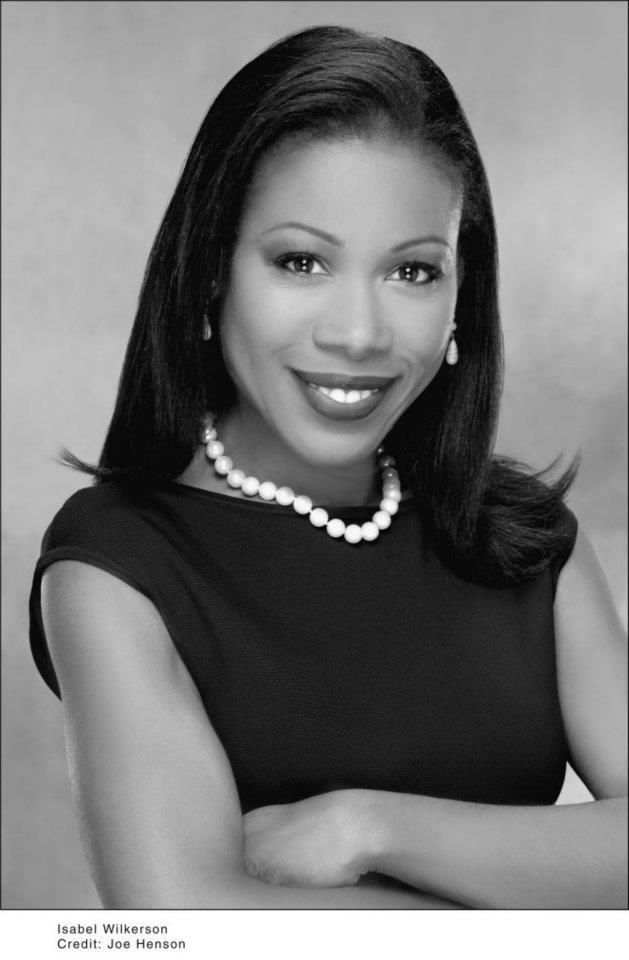
By Latanya West, San Diego Voice & Viewpoint
Isabel Wilkerson, author of “The Warmth of Other Suns,” recently discussed her novel, The Great Migration, and San Diego’s role in her the epic tale of the Great Migration of African Americans from the American South to northern cities across the U.S.
Q. How is San Diego such a significant part of the Great Migration and your journey in writing “The Warmth of Other Suns”?
A. One of the main protagonists, Dr. Robert Joseph Pershing Foster, migrated from Monroe, Louisiana to California and it was a heartbreaking journey. When he got to Arizona, he [unsuccessfully] tried [to get a room], and was crushed to discover that after all of this long drive, he still was, in that moment, no better off than if he had been in Louisiana. He had to drive through the mountains and the desert, at night, and that was even more exhausting. He almost fell asleep at the wheel, he was dog-tired and he had to push through.
San Diego was, ultimately, his first actual arrival in the “New World” known as California. And that’s why San Diego is central. He actually stopped the car here for the first time. He was too afraid at that point to stop [anywhere else], he had lost faith at that moment. So I replicated that journey to the letter – I drove the entire journey – and I had my parents with me in the car. If he wasn’t able to stop I wasn’t stopping. I needed to feel exactly as he felt, so I could tell his story. He described to me – and I experienced – arriving in San Diego. We came into the older part of town, as he had, and so it was very central and the idea of arriving in the early morning hours.
Q. What is your mandate now that you’ve written the book?
A. My mission is about reminding us of how much we all have in common and that the experiences and history of people of African descent in this country is not ‘African American History,’ it’s American History. The experiences African Americans have had, for example in the Great Migration is similar to those that other people have had. It’s a way to bridge the gulf in how people see themselves compared to others – which is the source of all divisions – you don’t see yourself in someone else, you have no empathy for someone else whose experience is different from yours. Well, no, the record and the scholarship shows that there’s a migration age, African Americans were no different in that. They followed predictable paths, as in any other migration. These are portals to understanding. That’s really how I look at it
Q. What is your advice to San Diegans seeking their roots?
A. Go to the oldest person in your family and open your heart to their experiences and make it safe for them to talk. The generation that were survivors of Jim Crow often do not talk – because they experienced post-traumatic stress. It’s like PTSD out of a war experience and they didn’t want to burden their own children with what they had endured. One of the reasons I wanted to do this book is because not enough people recognized the magnitude of the experience. They didn’t even know the phenomena had a name, they didn’t connect themselves with it. A lot of descendants of those who survived Jim Crow feel embarrassment that their ancestors had been sharecroppers or domestics. This is a reclaiming of the history, a reclaiming of the tools of survival that they had to harness in order to make it possible for us to even exist. I think they deserve our attention, our gratitude, our recognition of the heroic, quiet sacrifices they made.

